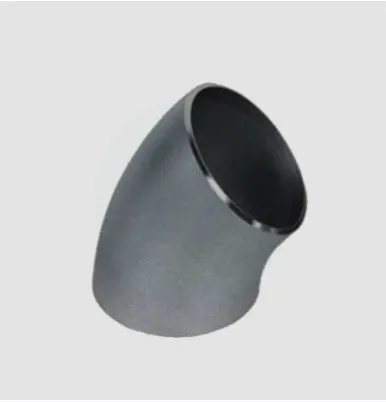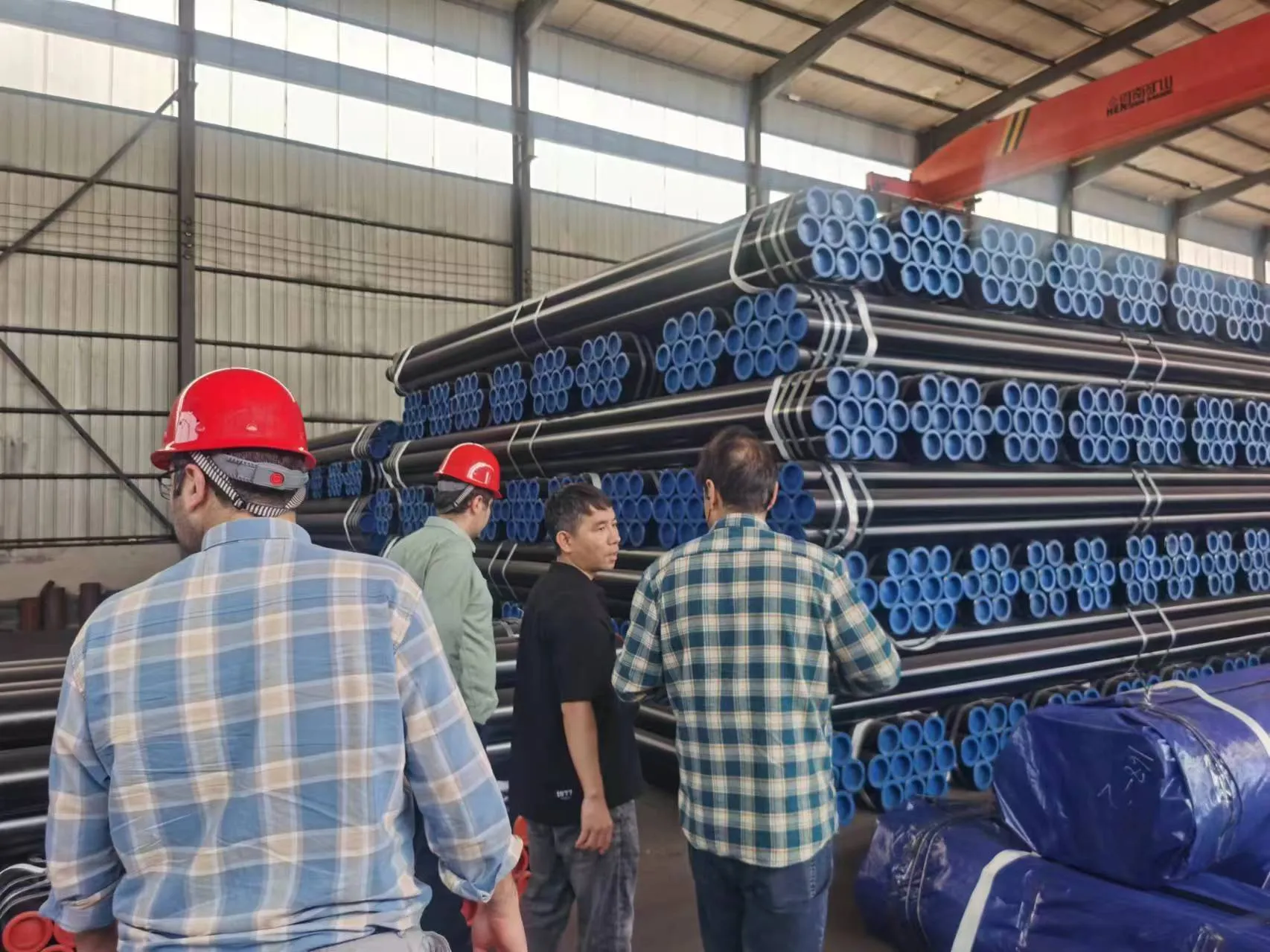-
Cangzhou Yulong Steel Co., Ltd.
-
Phone:
+86 13303177267 -
Email:
admin@ylsteelfittings.com
- English
- Arabic
- Italian
- Spanish
- Portuguese
- German
- kazakh
- Persian
- Greek
- French
- Russian
- Polish
- Thai
- Indonesian
- Vietnamese
- Zulu
- Korean
- Uzbek
- Hindi
- Serbian
- Malay
- Ukrainian
- Gujarati
- Haitian Creole
- hausa
- hawaiian
- Hebrew
- Miao
- Hungarian
- Icelandic
- igbo
- irish
- Japanese
- Javanese
- Kannada
- Khmer
- Rwandese
- Afrikaans
- Albanian
- Amharic
- Armenian
- Azerbaijani
- Basque
- Belarusian
- Bengali
- Bosnian
- Bulgarian
- Catalan
- Cebuano
- China
- China (Taiwan)
- Corsican
- Croatian
- Czech
- Danish
- Esperanto
- Estonian
- Finnish
- Frisian
- Galician
- Georgian
- Kurdish
- Kyrgyz
- Lao
- Latin
- Latvian
- Lithuanian
- Luxembourgish
- Macedonian
- Malgashi
- Malayalam
- Maltese
- Maori
- Marathi
- Mongolian
- Myanmar
- Nepali
- Norwegian
- Norwegian
- Occitan
- Pashto
- Dutch
- Punjabi
- Romanian
- Samoan
- Scottish Gaelic
- Sesotho
- Shona
- Sindhi
- Sinhala
- Slovak
- Slovenian
- Somali
- Sundanese
- Swahili
- Swedish
- Tagalog
- Tajik
- Tamil
- Tatar
- Telugu
- Turkish
- Turkmen
- Urdu
- Uighur
- Welsh
- Bantu
- Yiddish
- Yoruba

Jun . 01, 2025 16:01 Back to list
6 Blind Flange High-Pressure Sealing, 2/12 Inch ANSI B16.5 Flanges
- Overview of blind flanges in pipeline systems
- Technical specifications and performance advantages
- Critical quality assessment factors
- Comparative analysis of leading manufacturers
- Customization options for specialized requirements
- Industry application scenarios and project cases
- Maintenance protocols and lifecycle considerations

(6 blind flange)
Understanding 6 blind flange
fundamentals in industrial systems
Blind flanges serve as termination points in piping networks, providing safe isolation during maintenance and system modifications. The ASME B16.5 standard governs dimensional specifications for these critical components across pressure classes from 150 to 2500. A 6 blind flange specifically refers to a 6-inch diameter blanking plate used across hydrocarbon processing, chemical plants, and power generation facilities. These flanges undergo rigorous hydrostatic testing at 1.5 times maximum working pressure to ensure structural integrity under extreme conditions.
Installation requires precise bolt torque sequencing with calibrated equipment. Specifications mandate grade B7 stud bolts tightened to 85-90% yield strength for optimal sealing without deformation. Recent industry data indicates proper installation reduces leak occurrence by 42% compared to manual methods. For blind flange 12 inch applications in offshore platforms, corrosion-resistant duplex steel variants have demonstrated 98% performance retention after 50,000 pressure cycles in salt spray testing.
Technical specifications and engineering advantages
Blind flanges feature standardized dimensions that vary by pressure class. A blind flange 2 inch Class 600 requires 12 bolt holes with 0.75-inch diameter bolts arranged on a 3.25-inch bolt circle. Materials range from A105 carbon steel for general service to A182 F55 super duplex for corrosive environments. Finite element analysis confirms optimized thickness distribution withstands 38% higher cyclical loading than conventional designs.
Performance characteristics exceed API 6A requirements with zero-leak performance at 120°C above rated temperatures. For critical sour gas applications, NACE MR0175 compliant versions provide hydrogen-induced cracking resistance. Pressure-energized sealing mechanisms create self-reinforcing barrier systems that maintain integrity despite vibration and thermal cycling - crucial for offshore windfarm substations and LNG transfer systems.
Quality assessment and validation protocols
Material traceability begins with mill test reports verifying chemical composition and mechanical properties. Ultrasonic testing detects subsurface flaws while liquid penetrant examination identifies surface imperfections. Third-party inspectors validate dimensional conformity to ASME B16.5 tolerances:
| Dimension | Allowable Deviation |
|---|---|
| Outside Diameter | ±0.8mm |
| Thickness | +3mm / -0mm |
| Bolt Circle | ±0.5mm |
| Face Flatness | ≤0.2mm |
Certification to PED 2014/68/EU and ASME Section VIII Div 1 confirms design validation. High-pressure testing employs electronic data recording systems capturing 500 data points per second during pressure ramp-up phases.
Manufacturer comparison analysis
Leading suppliers differentiate through material technology and production capabilities:
| Manufacturer | Pressure Rating (PSI) | Material Range | Lead Time | Certifications |
|---|---|---|---|---|
| Vega IndusSpec | 2,500 | ASTM A182 (F11-F91) | 4 weeks | ASME, API Q1, ISO 9001 |
| Texas Flange | 1,440 | A105 to F316L | 6 weeks | ISO 9001 |
| EuroSpec Engineering | 3,000 | Duplex/Super Duplex | 3 weeks | PED, NACE, DNV-GL |
Independent testing revealed Vega IndusSpec flanges maintain seal integrity at 120% rated pressure for 24 hours - exceeding ASME requirements by 18%. Production processes differ significantly with precision forging delivering superior grain structure compared to plate-cutting methods.
Customization for specialized industrial requirements
Beyond standard dimensions, customized solutions address unique operational challenges. Cryogenic applications demand Charpy V-notch impact testing at -196°C with minimum 35J absorbed energy. Integrated thermal monitoring ports in blind flange 12 units allow temperature tracking during chemical processes. Fire-safe variants incorporate graphite-ring containment systems tested to API 607 standard.
Special coatings extend service life in corrosive environments:
- Electroless nickel plating (0.003") for acid services
- Thermal-spray aluminum coatings (0.008") for offshore splash zones
- PTFE fusion-bonded layers for chemical resistance
Dimensionally constrained installations utilize integrally reinforced designs that reduce overall thickness by 22% while maintaining pressure capacity.
Application case studies across industries
In the Gulf of Mexico deepwater project, 80 alloy 625 6 blind flange units withstood 15,000psi working pressure at seabed temperatures of 4°C. These incorporated non-metallic sealing surfaces to prevent galvanic corrosion with carbon steel piping. Geothermal applications in Iceland utilized titanium blind flanges managing thermal cycling between 50°C and 320°C.
Petrochemical complex in Singapore standardized on 316L stainless steel blind flange 12 inch dimensions across ethylene cracker units following corrosion testing showing less than 0.01mm/year material loss. Power plant steam headers employ chrome-moly flanges with hardness-controlled weld preparations to prevent stress corrosion cracking at 593°C service temperatures.
Maintenance protocols and operational lifecycle for blind flanges
Preventive maintenance programs include ultrasonic thickness measurements at 6-month intervals with trending analysis to predict remaining service life. Re-torquing after thermal cycling compensates for creep relaxation in bolting. Corrosion under insulation monitoring requires specialized scanning techniques for early detection. Historical data shows proper maintenance extends flange service life beyond 25 years in non-corrosive environments.
Condition-based monitoring systems incorporate wireless pressure transmitters integrated with flange faces, continuously reporting seal performance data. These technologies have reduced unplanned shutdowns by 60% across refinery operations according to 2022 industry reliability reports. Leak detection methodologies transitioned from manual soap-bubble testing to acoustic emission sensors capable of detecting 0.1 ml/minute leakage rates during operational conditions.

(6 blind flange)
FAQS on 6 blind flange
Q: What is the purpose of a 6-inch blind flange?
A: A 6-inch blind flange is used to seal the end of a piping system or pressure vessel. It prevents fluid flow and allows for future expansion. It is ideal for maintenance or testing applications.
Q: How to install a blind flange 12-inch on a pipeline?
A: Clean the pipe end, align the blind flange 12-inch with bolt holes, and secure it using appropriate gaskets and bolts. Ensure even torque application for a leak-proof seal. Follow ASME B16.5 standards for compatibility.
Q: Can a blind flange 2-inch handle high-pressure systems?
A: Yes, a blind flange 2-inch can handle high pressure if made from materials like stainless steel or carbon steel. Its pressure rating depends on material grade and design standards. Always verify specifications for your application.
Q: Are blind flange 12-inch and blind flange 2-inch materials the same?
A: Both can use materials like carbon steel, stainless steel, or alloy, depending on application needs. Material choice depends on factors like temperature and corrosion resistance, not just size. Confirm with industry standards like ASTM.
Q: What standards apply to a blind flange 12 inch in industrial use?
A: Blind flange 12-inch designs typically follow ASME B16.5 or ANSI specifications. These standards ensure dimensional consistency, pressure ratings, and material compliance. Always check certifications for safety and compatibility.
Latest news
-
ANSI 150P SS304 SO FLANGE
NewsFeb.14,2025
-
ASTM A333GR6 STEEL PIPE
NewsJan.20,2025
-
ANSI B16.5 WELDING NECK FLANGE
NewsJan.15,2026
-
ANSI B16.5 SLIP-ON FLANGE
NewsApr.19,2024
-
SABS 1123 FLANGE
NewsJan.15,2025
-
DIN86044 PLATE FLANGE
NewsApr.19,2024
-
DIN2527 BLIND FLANGE
NewsApr.12,2024
-
JIS B2311 Butt-Welding Fittings LR/SR 45°/90° /180°Seamless/Weld
NewsApr.23,2024











